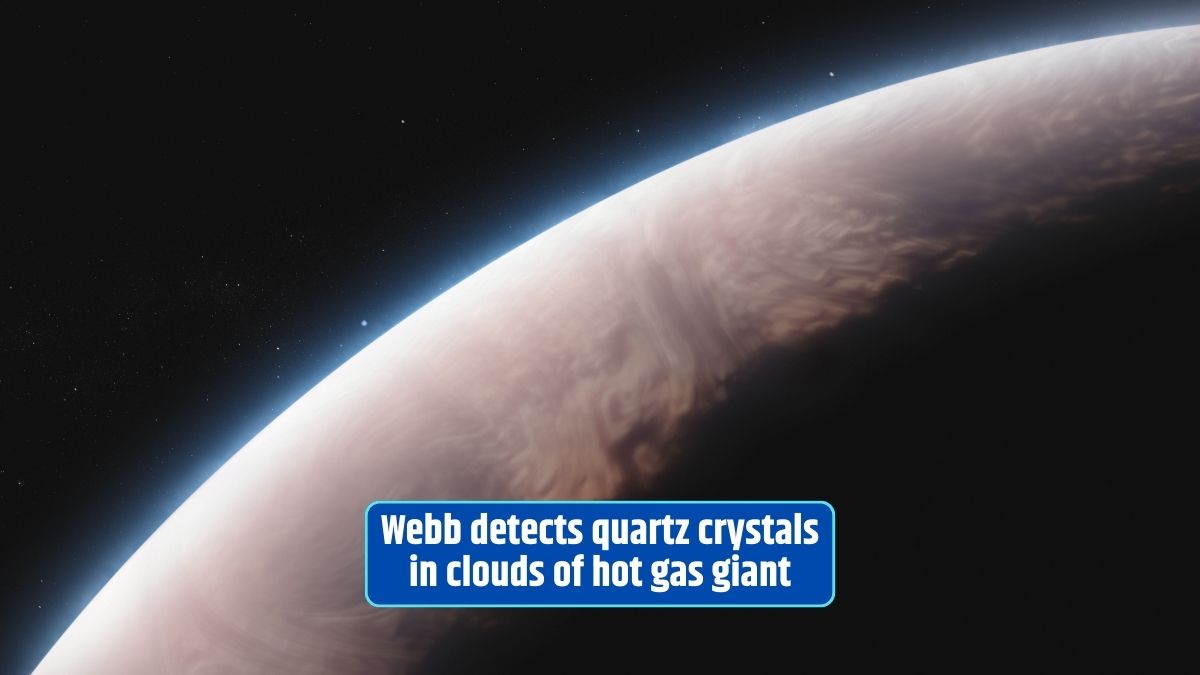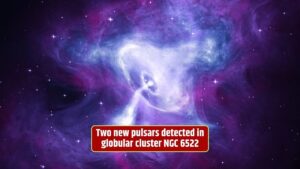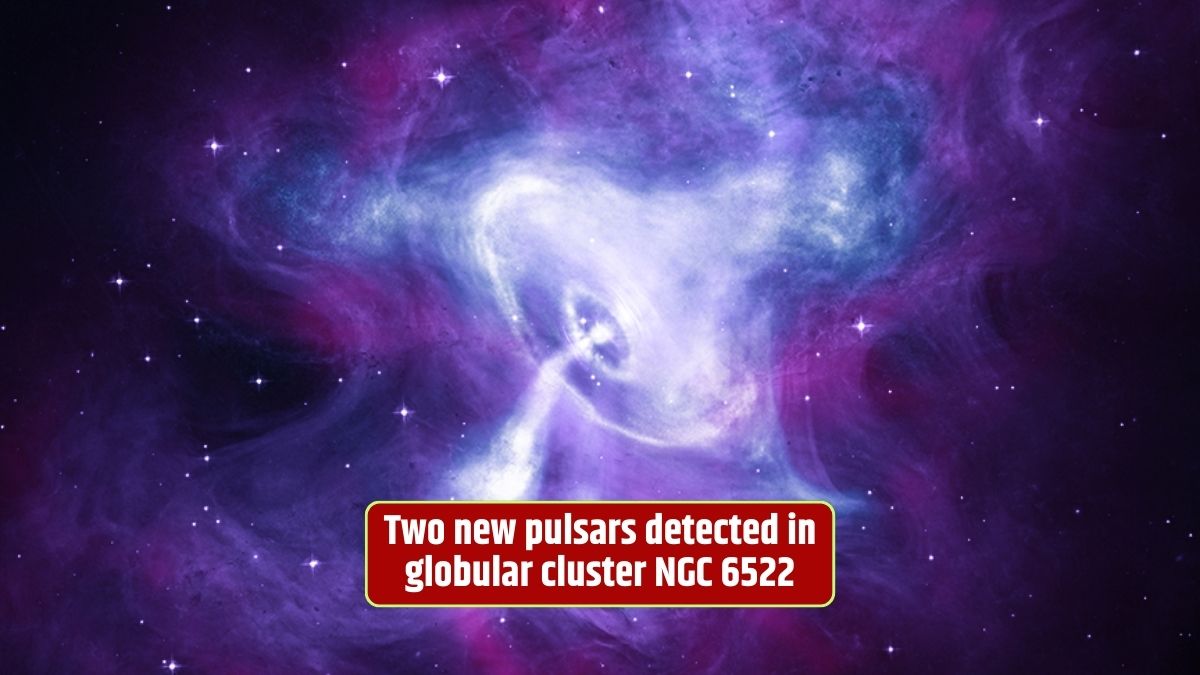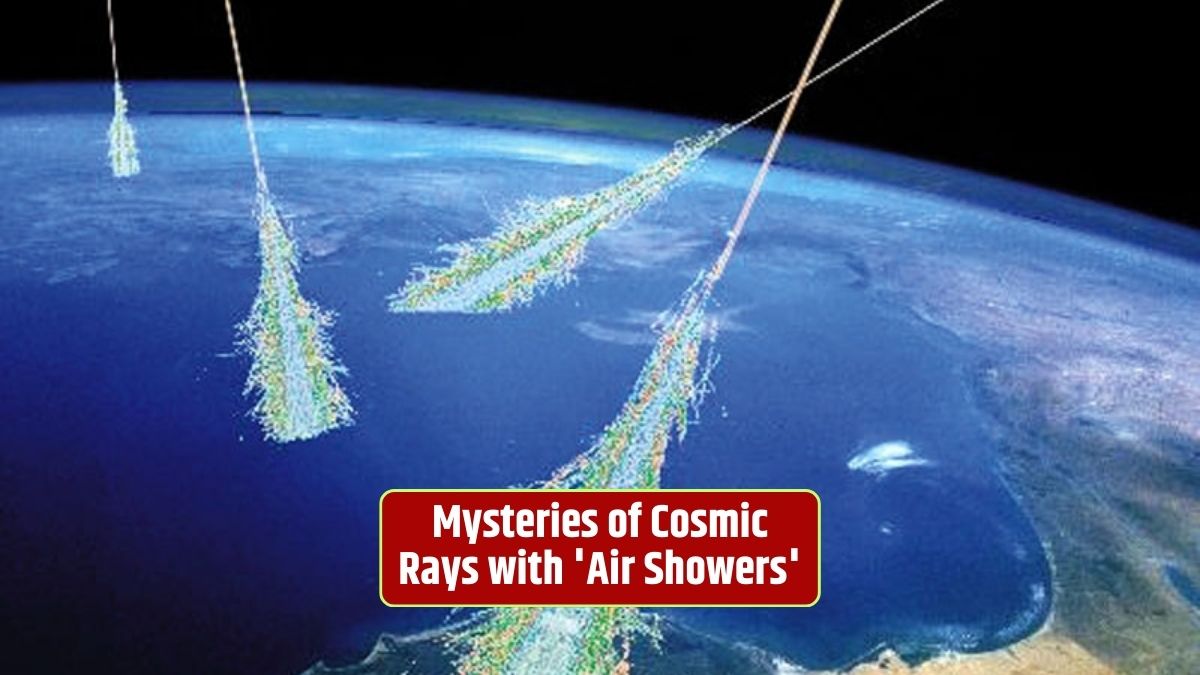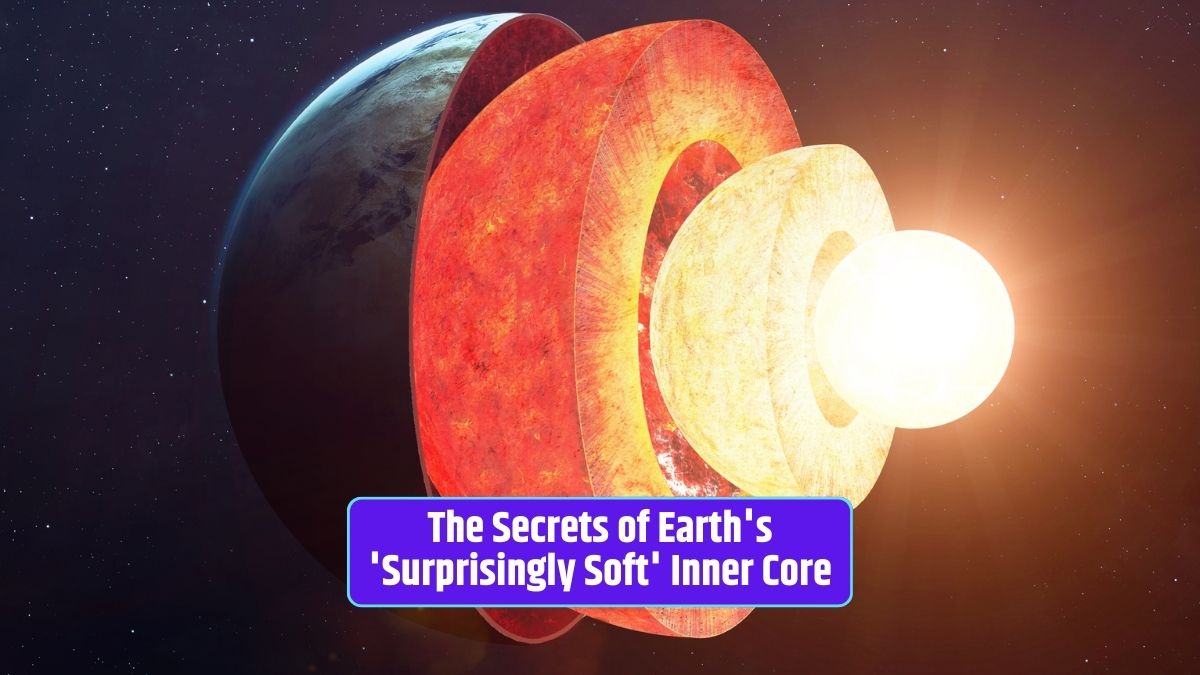The universe is a treasure trove of mysteries waiting to be unraveled, and the James Webb Space Telescope (Webb) has just added a new chapter to the cosmic story.
Researchers have employed this remarkable instrument to make an unprecedented discovery—quartz nanocrystals in the high-altitude clouds of WASP-17 b, a scorching exoplanet situated 1,300 light-years away from Earth.
In this article, we embark on a journey to explore this groundbreaking revelation, delving into the remarkable findings and their implications.
Webb’s Triumph
The James Webb Space Telescope, NASA’s crowning achievement in space exploration, has ushered in a new era of cosmic understanding. Webb’s Mid-Infrared Instrument (MIRI) played a pivotal role in an extraordinary revelation.
For the first time, silica (SiO2) particles, in the form of quartz nanocrystals, have been identified in the atmosphere of an exoplanet. These minuscule quartz crystals, measuring a mere 10 nanometers in diameter, open a window to the exoplanet’s composition, raising questions and excitement among astronomers.
Quartz Nanocrystals
The quartz crystals detected on WASP-17 b are exceptionally small, with 10,000 of them fitting snugly side by side across a single strand of human hair. This revelation is nothing short of astonishing, as it unveils a world of intricacies within the universe.
Their composition, purely silica, adds to the intrigue. The study, “JWST-TST DREAMS: Quartz Clouds in the Atmosphere of WASP-17b,” featured in the Astrophysical Journal Letters, sheds light on these remarkable findings.
Role of Hubble
While Webb’s MIRI was the instrument that enabled the detection of silica particles, the Hubble Space Telescope played an essential role in providing context.
Hubble’s visible and near-infrared observations were instrumental in determining the size of these particles. This collaborative effort, utilizing the strengths of both telescopes, unveiled the secrets of the exoplanet’s atmosphere.
Methodical Approach
The Webb telescope observed the WASP-17 system for nearly 10 hours, capturing over 1,275 brightness measurements of mid-infrared light ranging from 5 to 12 microns.
By meticulously subtracting the brightness of specific wavelengths of light during the planet’s transit in front of its host star from the star’s individual emissions, the research team deciphered the unique properties of the exoplanet’s atmosphere.
Mystery
Intriguingly, the analysis of the data revealed an unexpected “bump” at 8.6 microns, a phenomenon best explained by the presence of quartz crystals in the exoplanet’s clouds.
This revelation challenged previous assumptions, as other high-temperature aerosols like magnesium silicates or aluminum oxide were initially considered. The quartz crystals introduced a new dimension to our understanding of exoplanetary atmospheres.
Weather Patterns
Webb’s extraordinary ability to discern the subtle effects of quartz nanocrystals on starlight, even from a distance of over 7 million billion miles, has granted valuable insights into exoplanet atmospheres and their weather patterns.
This discovery is a testament to the power of human ingenuity and the unquenchable thirst for cosmic knowledge.
Cloud Formation
The findings of this study revolutionize our understanding of exoplanet cloud formation. Rather than the magnesium-rich silicates like olivine and pyroxene observed on other exoplanets, WASP-17 b defies convention.
It forms its clouds from pure silica, the building blocks required to create larger silicate grains encountered in brown dwarfs and cooler exoplanets.
Origins
A distinctive aspect of this discovery is that the quartz crystals in the clouds of WASP-17 b do not originate from a rocky surface. Instead, they are born within the planet’s atmosphere itself.
The extreme conditions on WASP-17 b, with scorching temperatures of around 2,700 degrees Fahrenheit and atmospheric pressure one-thousandth of Earth’s surface, enable solid crystals to form directly from gaseous elements, bypassing the liquid phase.
Future of Revelation
The extent of quartz crystals in WASP-17 b’s clouds and the ubiquity of these clouds remain open questions, waiting for further exploration.
Combining the observations of WASP-17 b with other data from Webb, the research team aims to unravel these mysteries, seeking a comprehensive understanding of this fascinating exoplanet.
Multiplicity
WASP-17 b is one of three planets chosen for investigation by the JWST Telescope Scientist Team’s Deep Reconnaissance of Exoplanet Atmospheres using Multi-instrument Spectroscopy (DREAMS) investigations.
This program is designed to collect a diverse array of observations from various classes of exoplanets: a hot Jupiter, a warm Neptune, and a temperate rocky planet. The MIRI observations of WASP-17 b were conducted as part of the GTO program 1353.
The discovery of quartz nanocrystals in the clouds of WASP-17 b stands as a testament to human curiosity and innovation. With Webb’s unyielding dedication to exploring the cosmos, the boundaries of our understanding are continuously pushed, promising a future of astounding revelations.
FAQs
Why is the discovery of quartz nanocrystals in the clouds of WASP-17 b significant?
This discovery marks the first identification of silica (SiO2) particles in an exoplanet’s atmosphere, specifically quartz nanocrystals. It offers new insights into exoplanetary cloud formation and composition.
How were the size and composition of the quartz crystals on WASP-17 b determined?
The size and composition of the quartz crystals were determined through a combination of observations from Webb’s Mid-Infrared Instrument (MIRI) and the Hubble Space Telescope. MIRI enabled the detection, while Hubble provided context.
What is the role of the “bump” at 8.6 microns in this discovery?
The “bump” observed at 8.6 microns in the data was a key indicator of the presence of quartz crystals in the exoplanet’s clouds. It challenged previous assumptions about the composition of exoplanetary atmospheres.
Why is the origin of quartz crystals in WASP-17 b’s clouds unique?
Unlike other exoplanets where mineral particles in clouds are believed to be swept up from rocky surfaces, the quartz crystals in WASP-17 b’s clouds originate within its atmosphere due to the extreme conditions present.
What are the future implications of this discovery for exoplanetary research?
This discovery paves the way for a deeper understanding of exoplanetary cloud formation and composition, offering valuable insights into the diverse atmospheres of planets beyond our solar system.
